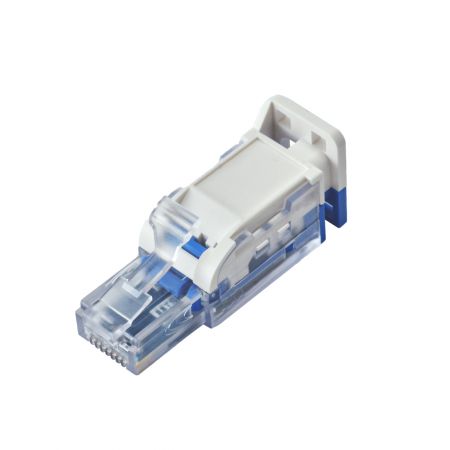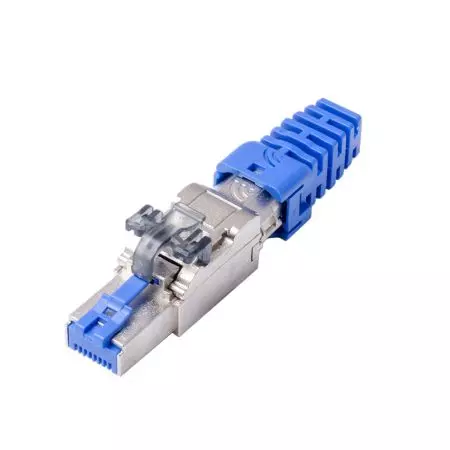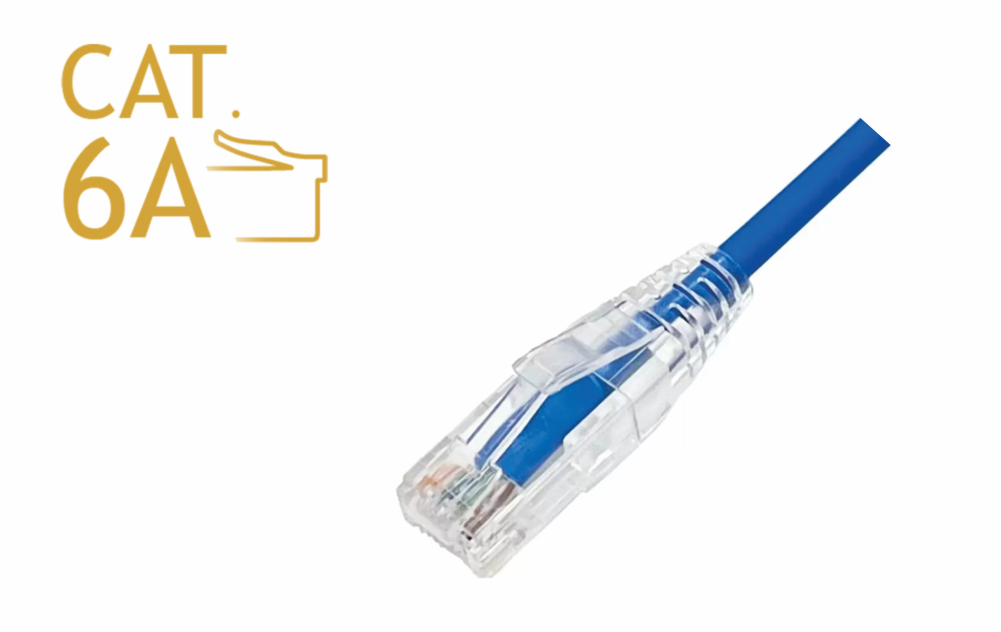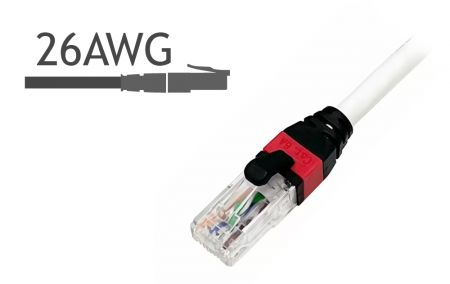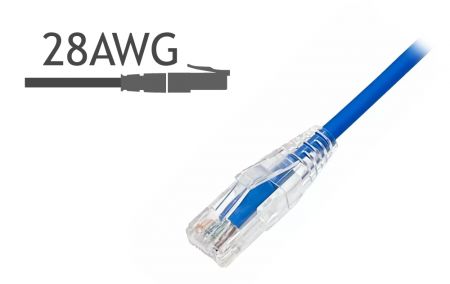Cat 6A UTP
26/28AWG
Can Alien Crosstalk be ignored in short runs?
So, you’ve got a Cat 6A Unshielded Patch Cord—but is it truly Cat 6A? The Alien Crosstalk requirement, essential for preventing interference, often goes unchecked, and it’s hard to hold buyers accountable. Testing for Alien Crosstalk requires lab conditions, meaning you’re relying heavily on your supplier’s guarantee. For added assurance, a third-party certificate confirming compliance with Alien Crosstalk standards can make all the difference.
Here’s a comparison of two types of Cat 6A Unshielded Patch Cords. Both are labeled as Cat 6A, but the differences aren’t visible at first glance. The test follows the standard 6-around-1 bundle setup, with a 10-meter permanent link and a 1-meter patch cord at each end.

This helps explain why even an Unshielded Cat 6A system may fail to achieve the true 10 Gigabit Ethernet speeds expected from Cat 6A. At HCI, we provide real Cat 6A Unshielded Patch Cords that unlock true 10G networking.
Cat 6A Internal Crosstalk: Navigating the gap between stringent and loose standards
A lot of people assume there’s just one universal requirement when it comes to Cat 6A patch cords, but that’s actually not the case. The key difference lies in how the critical “Green to Blue” pair-coupling is treated. ISO-11801 mandates that NEXT must meet the same strict limit across all pair combinations, whereas TIA-568.2-D allows a looser exception for the “Green to Blue” pair.

So here’s the thing: If a Cat 6A Unshielded Patch Cord passes the ISO standard, it will definitely meet the TIA standard too, but not the other way around. At HCI, we stick to the ISO-11801 standard for our Cat 6A Unshielded Patch Cords, ensuring top-tier performance every time.

